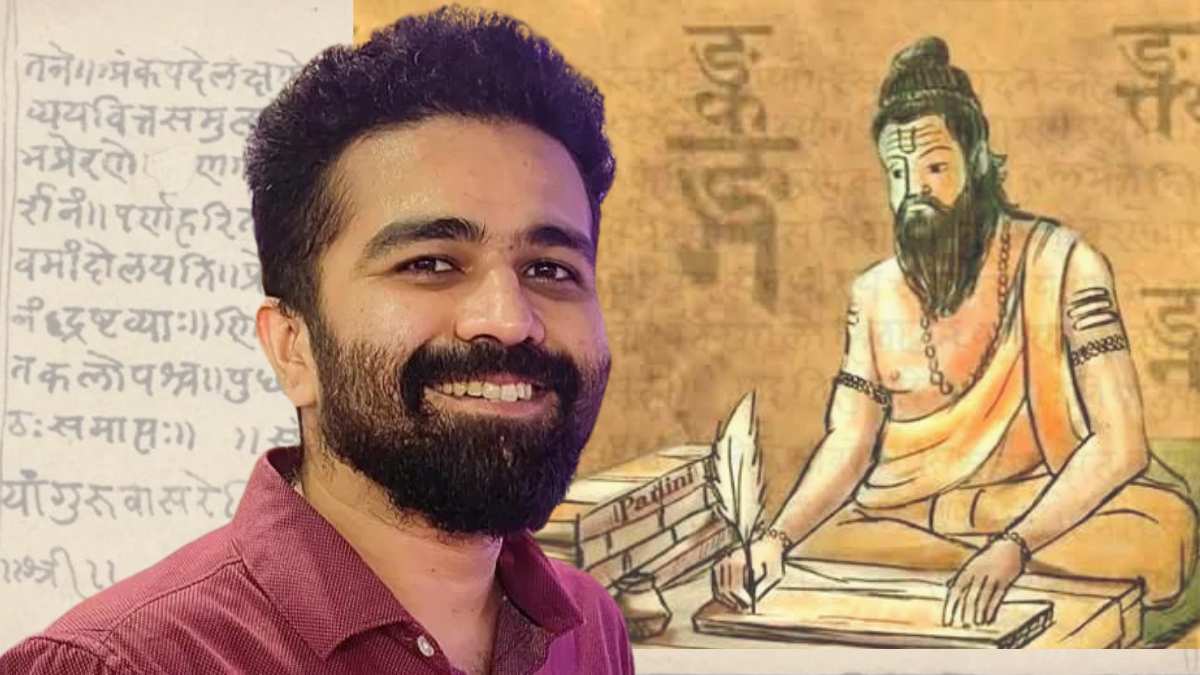An Indian Ph.D. student at the University of Cambridge has finally discovered the solution to a grammatical conundrum posed by Panini that has baffled Sanskrit scholars since the fifth century BC.

Panini
- According to many sources, Panini lived in ancient India during the sixth and fourth centuries BCE. He was a respected scholar and Sanskrit grammarian.
- Panini has been referred to as “the father of linguistics” and the “first descriptive linguist” since European academics discovered and published his work in the nineteenth century.
- Foundational linguists like Ferdinand de Saussure and Leonard Bloomfield were influenced by Panini’s grammar.
Major literary works
- The Astadhyayi, the founding text of the Vyakarna branch of the Vedanga, is one of Panini’s best-known works. It is a sutra-style treatise on Sanskrit grammar that contains verses or rules on linguistics, syntax, and semantics in “eight chapters.”
- His writings drew various bhashya (comments), the most well-known of which is Patanjali’s Mahabhashya.
- Scholars of other Indian religions, such as Buddhism, were affected by and commented on his theories.
Recent breakthrough
- Panini had a brilliant mind, and he created the most advanced language processing system in human history.
- He has successfully decrypted a 2,500-year-old algorithm, making it feasible to utilise Panini’s so-called “language machine” with accuracy for the first time.
- With the use of Panini’s language generator, it is now possible to “derive” any Sanskrit word and create millions of grammatically sound terms.
- One of history’s greatest intellectual accomplishments, according to many, is this.
What this development means?
- The most important implication of the latest finding is that Panini’s grammar can now be run by an algorithm.
- We might be able to teach computers this grammar.
- Rule-based approaches were abandoned by computer scientists working on Natural Language Processing (NLP) more than 50 years ago.
- NLP is a subfield of machine learning and artificial intelligence (AI).
- Teaching computers how to connect the speaker’s intention with Panini’s rule-based language would thus be a significant turning point in the development of human-machine interaction.
